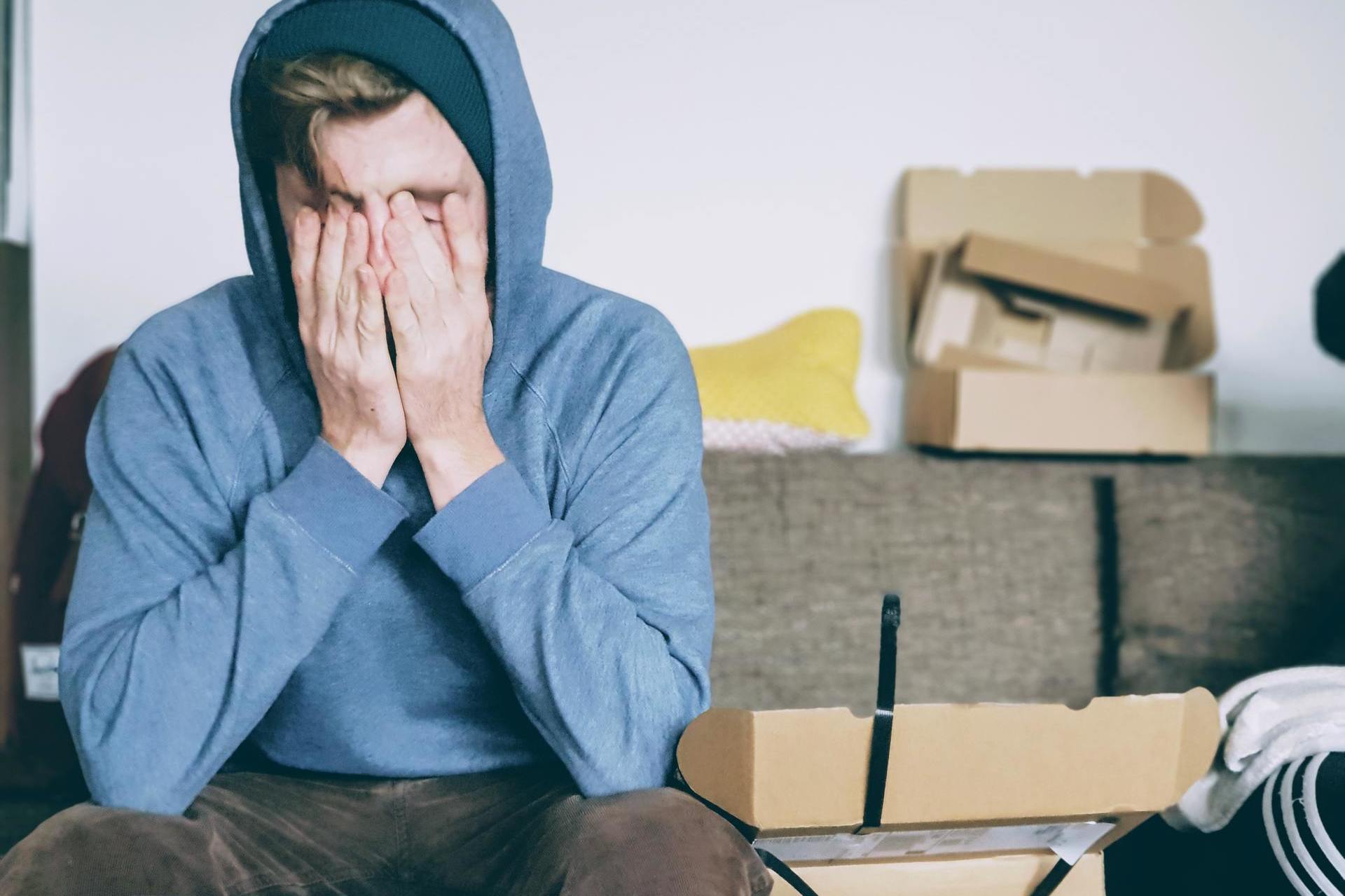10 tips to reduce stress in a child with autism
Posted on 8th April 2022 at 14:24
By Julie Wales, Family & Special Needs Counsellor
If you’re a parent of a child with autism, you have spent much time trying to understand the subtleties of what causes or contributes to his stressful, anxious responses. These responses could be outward signs of anxiety like increased stimming, self-injurious behaviour, bolting/running away, repetitive behaviours, or verbal responses. Or the anxious response could manifest as physical symptoms that your child may or may not be able to give voice to.
Whether you try to identify patterns of behaviour or avoid “triggers,” it’s natural to want to minimize the anxiety in our children.
Children with autism can experience anxiety just as typically developing children do. Separation anxiety, OCD-like perseverations, social anxiety, and sensory-related anxiety are all frequent occurrences in children with autism.
Because of the communication difficulties associated with a diagnosis of ASD, the way these feelings of anxiety manifest may look different, as will the strategies to support the child.
SENSORY PROCESSING, SENSORY OVERLOAD, AND ANXIETY
Meltdowns are reactions to feeling overwhelmed and are often seen because of sensory overstimulation.
When a person experiences too much sensory stimulation, their central nervous system is overwhelmed and unable to process all the input. It’s a physiological ‘traffic jam’ in your central nervous system and the sensory overstimulation causes a physiological response and sometimes even a sensory meltdown.
Because many children with autism are unable to self-regulate, sensory overload can result in sensory-based meltdowns.
Dr Olga Bogdashina, Autism Society UK says: Many autistic people are very vulnerable to sensory overload. They may become overloaded in situations that wouldn’t bother other people. Overload happens when autistic people find it difficult to process certain sensory sensations – such as loud music or bright lights.
Learning to recognise sensory overload is especially important. It is better to prevent it than to ‘deal with the consequences. As soon as you notice early signs of becoming overloaded with sensory differences (which are different for different individuals), stop activity and provide time and space to recover, for example, invite the person to get into a quiet place or outside. It is useful to teach the individual how to recognise the internal signs of the overload, and ask for help or use different strategies, for example, relaxation.
SYMPTOMS OF ANXIETY can be physical, psychological, emotional and behavioural, such as:
nausea, headaches, sweating, muscle tension, fatigue
feelings of fear, worry, dread or irritability
catastrophic predictions and expectations of failure to cope
avoidance or hypervigilance and checking
increased repetitive or obsessive behaviours
children with anxiety may avoid or refuse to go to school
dictate family activities
engage in self-harm.
When people with autism experience sensory overstimulation, they are unable to regulate the sensory inputs from their environment and their bodies perceive these inputs as threats.
When your body is not processing, interpreting, and responding appropriately to the sensory information around you, the fear of not knowing what sensory experiences may arise is enough to cause you to have a heightened arousal level and be anxious about the “what-if’s” or “maybe’s” with new experiences. I know my own son needs to know what happens “now and next” to reduce his anxiety.
10 TIPS TO REDUCE ANXIETY FOR AUTISTIC CHILDREN
1) NEW FORMS OF COMMUNICATION
Practice role modelling, social stories, check-off lists, and visual activity/task schedules will be helpful in communicating to your child what is planned, and what the expectations will be.
Social stories that walk a child through the plan, from beginning to end, will offer predictability and a sense of control that may reduce anxiety.
2) CREATING A SENSORY DIET PLAN
Routine sensory diet activities are important to support regulation across the day. You may find it helpful to schedule “quiet time” for your child, to allow for the downtime proactively before the activity of the day gets to be too much.
3) DEEP TOUCH PRESSURE
Incorporate deep touch pressure into your child’s day whether it be through weighted wearables, compression garments, weighted blankets on his bed, or weighted lap pads in the classroom.
4) KNOW YOUR CHILD’S SIGNS OF DISTRESS
Signs of distress can be nonverbal indicators that your child is quickly becoming anxious or overstimulated and needs your help regulating before reaching the point of meltdown. Have them use coloured cards or emotional thermometer to show how they feel.
5) CREATE A SAFE SENSORY SPACE
Create a safe space to calm down or regroup. Sensory deprivation or quiet areas change the amount of sensory input the child is exposed to. This can be helpful in situations where sensory overload contributes to anxiety.
6) CREATE A SENSORY TOOLBOX
Create a portable calm box to reduce sensory sensitivities and improve tolerance to stressful situations. Ideas to use chew necklace, pictures/photos, keyring, bubbles, fidget toys, playdough/putty, crunchy or chewy snack as chewing reduces anxiety.
7) FIND TECHNOLOGY THAT CAN ASSIST IN COMMUNICATION
Some useful apps like Brain in Hand – includes:
a diary
notes and reminders of daily tasks
individual coping strategies
a system to monitor anxiety levels
access to support from the National Autistic Society.
Molehill Mountain – includes:
a system for tracking mood and identifying triggers
evidence-based tips on how to self-manage anxiety levels.
8) TRY SELF SOOTHING STRATEGIES
If your child is able, explore self-soothing strategies such as slowly counting to ten, colouring in, deep breathing, meditation, or visualization techniques.

9) EXPLORE DIFFERENT THERAPIES
Try additional types of support such as Cognitive Behavioural Therapy, Exposure Therapy, and pharmacological interventions that have been researched specifically for children with autism and anxiety. Always consult your GP or Paediatrician for advice on medications available and local counselling and support.
10) ALWAYS HAVE A FIDGET TOY ON HAND
Fidget toys are helpful in reducing anxiety in the repetitive action of touch.

Share this post:






